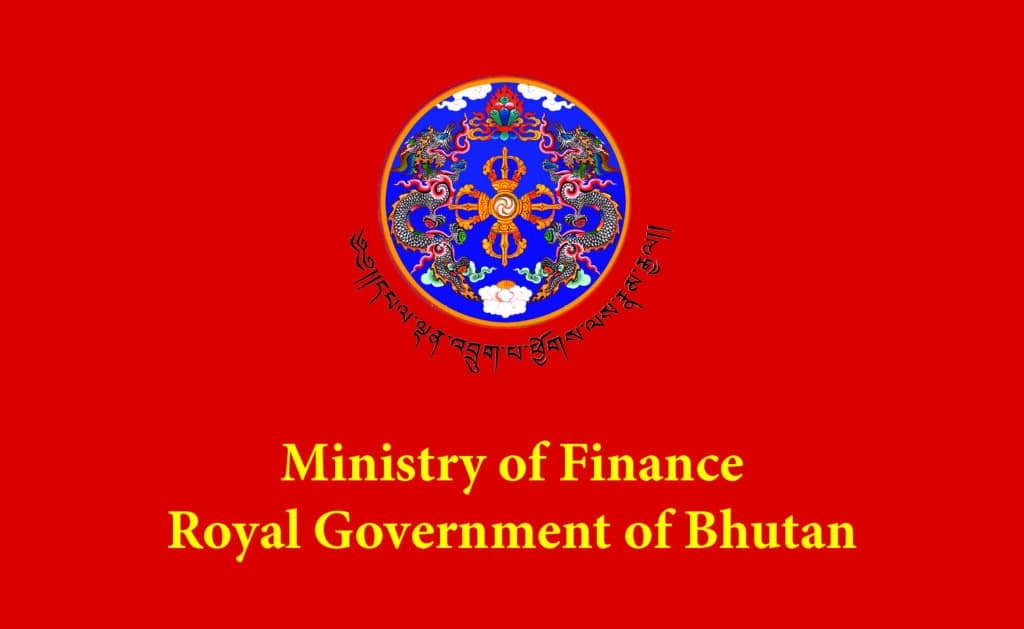Bhutan aspires to become organic in its agriculture practices, however, the import of agro-chemicals has been increasing.
Statistics show the increasing amounts of agrochemicals imported in the country every year to enrich the soil, boost production, and keep diseases and pests at bay.
About 37% of Bhutanese farmers use agrochemicals in 19% of the cultivated land implying 162,000 acres of cropped area were chemical free in 2012, according to the agriculture ministry.
The implementing agency, National Plant Protection Center (NPPC) and National Seed Center are responsible for the procurement, distribution, and supply of agrochemicals and chemical fertilizers respectively in the country.
From July 2017 to June 2018, the NPPC and the agriculture ministry supplied 508.58 metric tons (MT) of plant protection products (PP).
Herbicides (490MT) saw the highest increase in quantity compared to the previous year followed by horticultural mineral oil (8MT), insecticides (5MT), fungicides (5MT) and rodenticides (14 Kg).
For July 2016 to June 2017, the amount of herbicides supplied was 393.66MT, followed by insecticides with 6.1MT, and 5MT fungicides.
While, in 2011-12, 3.8MT herbicides was supplied followed by 3.6MT insecticides and 2.9MT fungicides.
The consumption of PP products is high in dzongkhags that grow paddy, apple, potatoes, or vegetables. Paro Dzongkhag ranks first mainly due to mass use of herbicides in paddy cultivation.
The use of chemical fertilizers increased drastically from 1,983.4MT in 2013 to 5,033.5MT in 2015 and then declined in 2017 at 1,213MT in 2017, according to Bhutan RNR statistics, 2017.
While, the country’s vision was to go organic by 2020, only limited number of crops have been certified.
The country has currently certified 10 products as organic namely, potato, garlic and carrot from Gasa, turmeric from Zhemgang, sea buckthorn, chamomile, mint from Bumthang, camellia sinensis from Trongsa, by Bhutan Agriculture and Food Regulatory Authority (BAFRA) and Rhododendron anthopogon from Thimphu and lemongrass from Mongar by International Certification Body.
A study conducted by the Institute of Agricultural and Horticultural Sciences, International Agricultural Trade and Development found out that the banning of chemical fertilisers and crop protection agents would still affect one in three farmers. Additionally, reducing the usage of agrochemicals would stunt agricultural production by about 15%.
Replacing fertilizers with natural or organic farm input like compost, vermin-compost, farmyard manure, green manure is a problem however, it is easier to tackle compared to pests and diseases, said Program Director of Agriculture Research and Development Centre, Yusipang and National Organic Program’s Coordinator, Kesang Tshomo.
In the long term, the demand for synthetic pesticides is expected to either decrease or completely stop once organic substitutes are in place, Program Director, NPPC, Yeshey Dema added.
“Crop loss to pests and diseases is very high and without the use of pesticides, it is difficult to control some of the pests and diseases,” she said.
There is an alarming trend of herbicide use to control weeds in Bhutan due to shortage of labor for manual weeding, as the organic alternative to synthetic weedicides is not available worldwide, said Yeshey Dema.
Emphasizing on integrated pest management (IPM), she said the NPPC plans to use minimal amount of pesticides with focus on the promotion and usage of organic inputs such as lures, pheromone traps, stickers, and neem oil for controlling most of the pest and diseases.
Chairperson of Sanam Yargay Nyamlay Tshogdey (farmers cooperative), Bjabcho geog in Chukhha Dzongkhag that emphasizes on vegetable production and marketing, Tshagay said that pests mostly infest vegetables during heavy rainfall and the output is poor. The group also uses pesticides and chemical fertilizers because of inadequate organic manure.
Tashicholling Ginger Cooperative, Tashicholling geog in Samtse, Chairperson, Dhan Bdr.Chettri said they have discontinued growing ginger after being affected by disease last year, and they grow turmeric and usually use cow dung as manure.
Sonam Chithuen Rangzhin Detshen, Chokhor geog in Bumthang grows organic buckwheat. Chairperson, Sonam Tobjai said growing buckwheat is labor intensive with a total income of Nu 130,000 in a year and about Nu 52, 000 is spend on paying workers and profit received is only Nu 5,000 to Nu 6,000.
However, the profit is minimal and group does not use agro-chemicals, Sonam Tobjai said.
Additionally, he said their field was attacked by armyworm and there was no option to apply pesticides as manually picking was not possible in eight acres field.
Chairperson of Kachin Zhungsa Larchae Detshen, Tendruk geog from Samtse, focuses on cultivation of cardamom, Ganesh Bdr Gurung said for growing cardamom, there is scarcity of water as it requires lots of water.
Given the only budgetary support from the government in the 11th FYP unlike the 9th FYP and 10thFYP, the United Nations Development Programme, SNV Netherlands Development Organization, and European Union-Agricultural Sector Strategic Plan projects supported the organic program, going fully organic by 2020, which has been declared not achievable.
For example, the organic program budget was slashed to Nu 2.42mn in the fiscal year 2016-17 (FY) from Nu 16.06mn in FY 2012-13.
“Although National Framework for Organic Farming was developed, matching support from the donors was not available, while we continued the work,” said Kesang Tshomo.
Additionally, she said the budget was only enough to educate and train agriculture extension agents and interested farmers as there were no subsidy or interest from the government to promote organic.
“If possibly, all the supporting information, materials, infrastructures, capacity building, market development and production planning could have happened as planned, then we could have been organic by 2020,” said Kesang Tshomo.
While Bhutan’s journey towards going organic continues with adoption of the National Organic Flagship Program (NOFP) themed ‘Sustainable Socio-Economic Development through the Commercialization of Organic Farming’ in the 12th FYP with budget allocation of Nu 1bn.
Under the flagship, 12 products have been identified with their production target set by the end of 2023, according to NOFP blue print.
“Bhutan should go organic at some stage but we cannot fix the date, the aspirations still should be to go organic for the whole country but it is not easy,” said Kesang Tshomo.
Additionally, she said it would also depend upon the farmers whether they are interested or not. “One cannot force people to grow organic,” she added.
According to the Labor Force Survey report, 2016, 57.2% of Bhutanese livelihoods depends on agriculture.
Currently, there are around 5,560 acres of land under organic agriculture benefiting 2,680 households.
According to Population and Housing Census of Bhutan, 2017, 93.8% of the total population is food sufficient with food during 12 months.
This story was written with the help of BMF content grant
Thukten Zangpo from Thimphu














